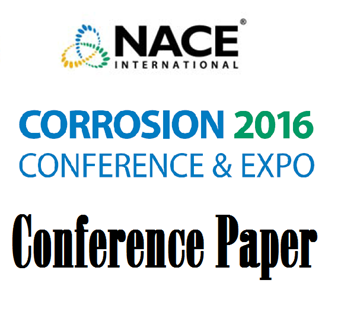Search
11265 New Method For Assessing Corrosion Under Iron Sulfide Deposits and CO2/H2S Conditions
Also Purchased
11266 Under Deposit Corrosion From Iron Sulfide
Product Number:
51300-11266-SG
ISBN:
2011 11266 CP
Publication Date:
2011
$20.00
06644 KINETICS OF IRON SULFIDE AND MIXED IRON SULFIDE/CARBONATE SCALE PRECIPITATION IN CO2/H2S CORROSION
Product Number:
51300-06644-SG
ISBN:
06644 2006 CP
$20.00
51316-7313-Effect of Iron Sulfide Deposits on Sour Corrosion of Carbon Steel
Product Number:
51316-7313-SG
ISBN:
7313 2016 CP
Publication Date:
2016
$20.00




